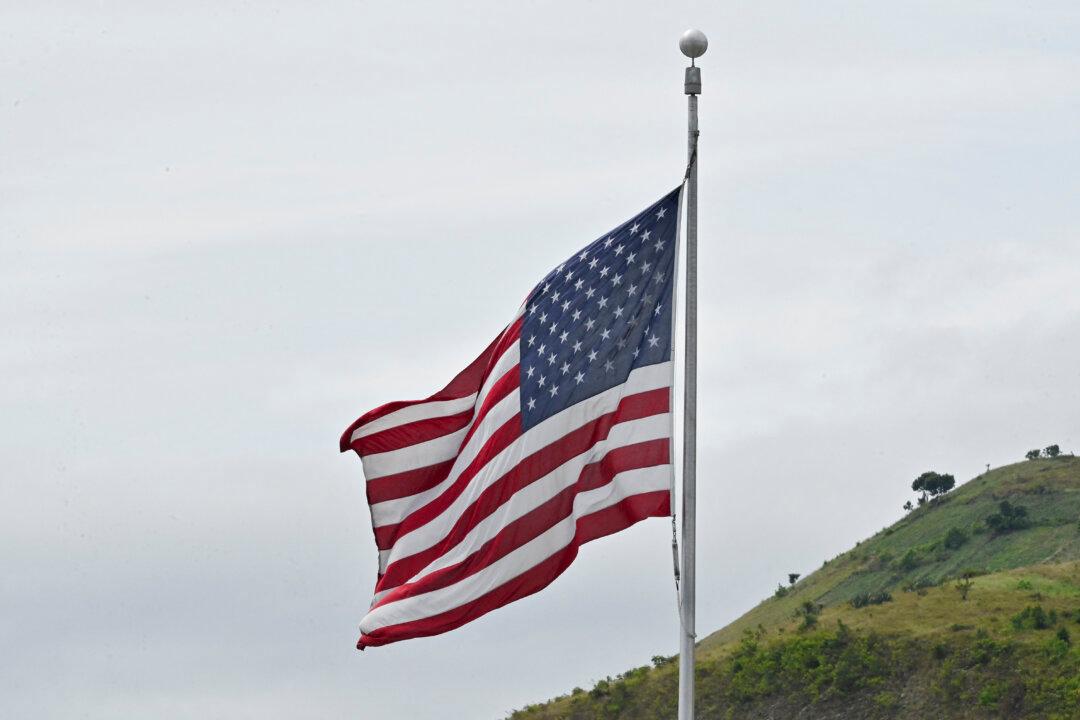The Keystone oil pipeline has leaked 383,000 gallons of oil in North Dakota, said state regulators on Thursday.
The pipeline operated by TC Energy that carries tar sands oil from Canada through seven U.S. states was shut down after the leak was discovered, said North Dakota’s water quality division director, according to a report from The Associated Press.





